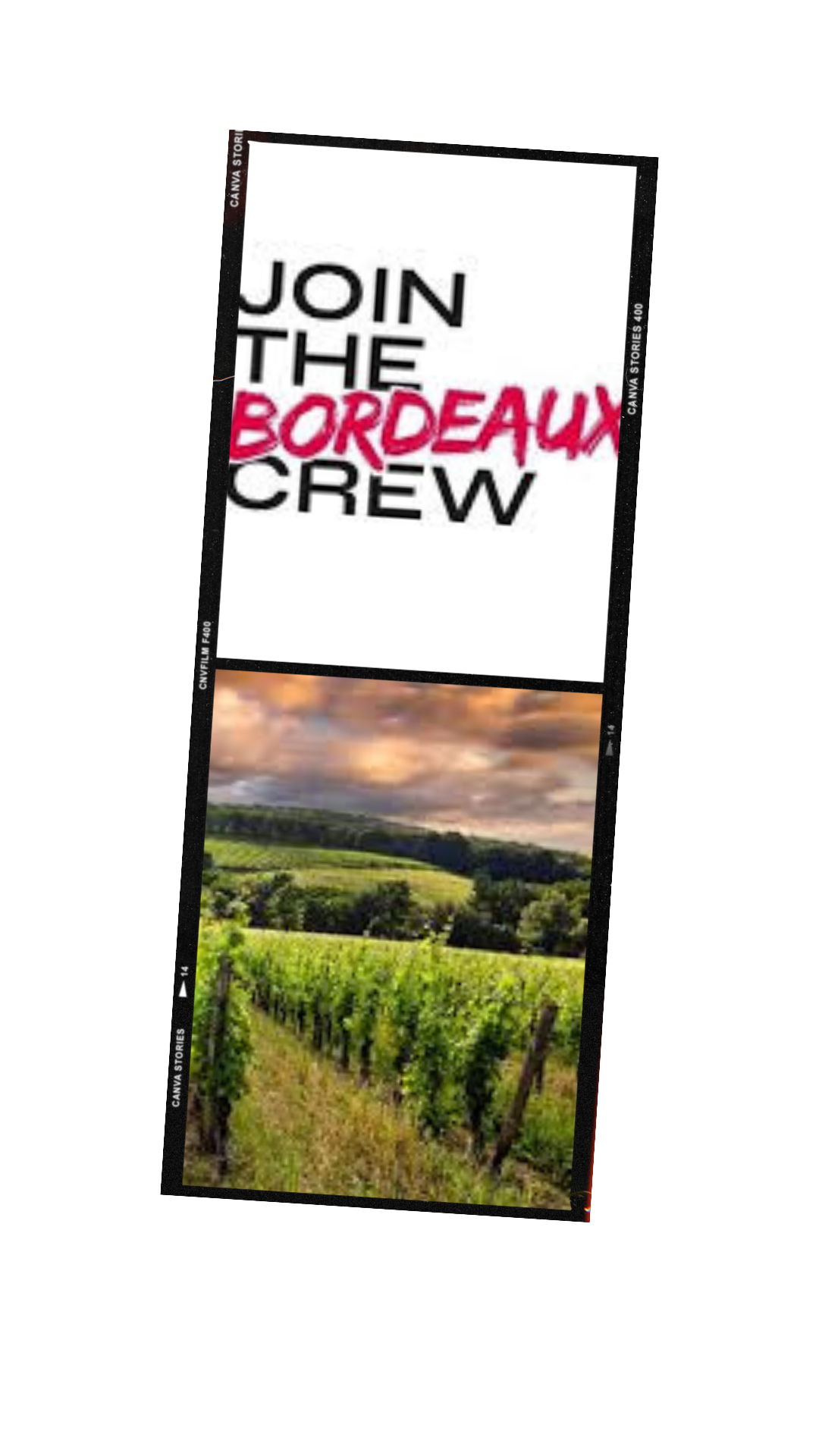Bordeaux Wines is excited to bring the extraordinary and unexpected diversity of its region to the fore with a dynamic new international campaign. Designed to shine a light on the region’s exceptional men and women, their commitment to sustainability, the terroirs and of course their wines, the campaign gives all those who work in the Bordeaux wine industry a loud, shared voice.
“We have evolved, using our differences to meet the requirements of the world today. Bordeaux wines are all about unexpected encounters, exciting conversations and new opportunities. We are multi-faceted. We are creative and discerning. We are united as one brand and we are ready to be (re)discovered.” – The winemakers and merchants of Bordeaux
Shaking Things Up: A Multi-Platform, Global Reveal
Faces, landscapes and wines, winegrowers, merchants, restaurateurs, wine shop managers – everyone involved in Bordeaux wines has come together to show people exactly what Bordeaux is all about: a hub of diversity, creativity and innovation that’s waiting to be shared. It’s time to Join the Bordeaux Crew. The creative will be unveiled at trade fairs around the world from February on, and appear in digital campaigns in France, Belgium, the USA and the UK before being rolled out in Japan and China in 2025, serving as the foundation to building a digital community. In the UK, it will also feature at The Big Feastival in August.
Coming Together: A Campaign Built by, for and with the Sector
Despite the many challenges that its vineyard has faced in recent years, the Bordeaux wine community has reinvented itself to share its unique story. Winegrowers and merchants have worked closely with creative experts to ensure that this campaign truly reflects their identity: a group of people with character and determination, driving innovation, all united around a collective commitment to sustainable viticulture with the consumer always at its core.
Telling the Story: A Chronicle of Individuality, Epitomized by Its Men and Women
Conceived like a chronicle, this campaign takes its roots in the terroirs of each appellation (AOP) and is inspired by the environmental, societal and social commitments that go into each and every Bordeaux wine. Its protagonists are all local winegrowers and merchants, wine shop managers, chefs and sommeliers chosen to reflect the renewed energy of Bordeaux. The creative welcomes consumers into this passionate and fascinating community, inviting them to delve into the stories of Bordeaux’s men and women, terroirs and of course red, white, rosé, sweet and sparkling wines. This creative has been conceived not only to appeal to consumers, but also to encourage global wine professionals to reconsider and reinvigorate their relationship with Bordeaux.
Bordeaux Big Bottles 2024
The dynamic global program makes its mark on the USA’s East Coast with the popular Bordeaux Big Bottles campaign, which returns for its fifth edition this fall from October 10 – 31. This year, the campaign extends to New York state and New Jersey from its usual activation in New York City, with select restaurants and wine shops participating. The campaign will spotlight large-format, 3-Liter bottles from over 25 producers across the region to engage new and current consumers, allowing them to discover the modernity and diversity of Bordeaux.
For further information: www.bordeaux.com/us





